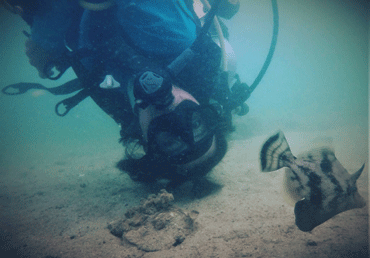
I would simpy say because I love sea turtle, I love swimming, me and my family love beach and my dream is to float with sea turtle at ease and peacefully. If I were asked to write an essay about why I have to protect my ocean, I would search on Google and stuffs to make my essay look perfect. But as for now, because I love the ocean so much, I chose to work on marine field for my thesis. I am currently volunteering at Marine Conservation Cambodia (MCC). Thanks to MCC I got the chance to meet beautiful living things under the sea by taking scuba diving course and I think that is how I found my true inner answer about why I want to protect my ocean. Because the ocean is so much more beautiful than its name, the creatures underneath the sea is beyond imagination, it’s marvelous, gorgeous, and delightful that it would make you go speechless once you see them (go diving). When you go diving at daytime, you would see so many colorful lives and creatures but night diving, it’s totally different. It’s stressful of course because it’s dark and you can barely see things but the sparkling images underwater will make you go blank that you don’t want to stop diving. There was a time when I went night diving with my instructor, I was so nervous, and scared that I didn’t want to dive but something weird happened when I started diving, I strangely asked myself “How can it be this amazing? Can I just live here, underwater, with these beautiful little tiny living things?” I was so amazed by the view of my body, it was blinking like a twinkle star (like I have a magic body) which caused by bioluminescent plankton (I guess LOL). It felt like I was on another planet where there is only me and nature, so connected because I can see how beautiful and the importance of the ocean to the world. Unfortunately, Cambodian ocean has been destroyed rapidly by IUU fishing which turned the colorful creatures underneath the sea to blank, empty and dead. I think if I don’t protect it now, soon I will never be able to see the ordinary ocean again. Someone once said to me “If the forest is being cut, you know it’s cut. But if the ocean is being destroyed you don’t know” his words woke me up, changed my whole view of living and that is one of the main reasons keeping me going strong and doing what I am doing right now for my ocean.
“I love the positive vibe the ocean gives me, motivation, inspiration and I gain my inner strength of protecting the ocean whenever I go diving.”

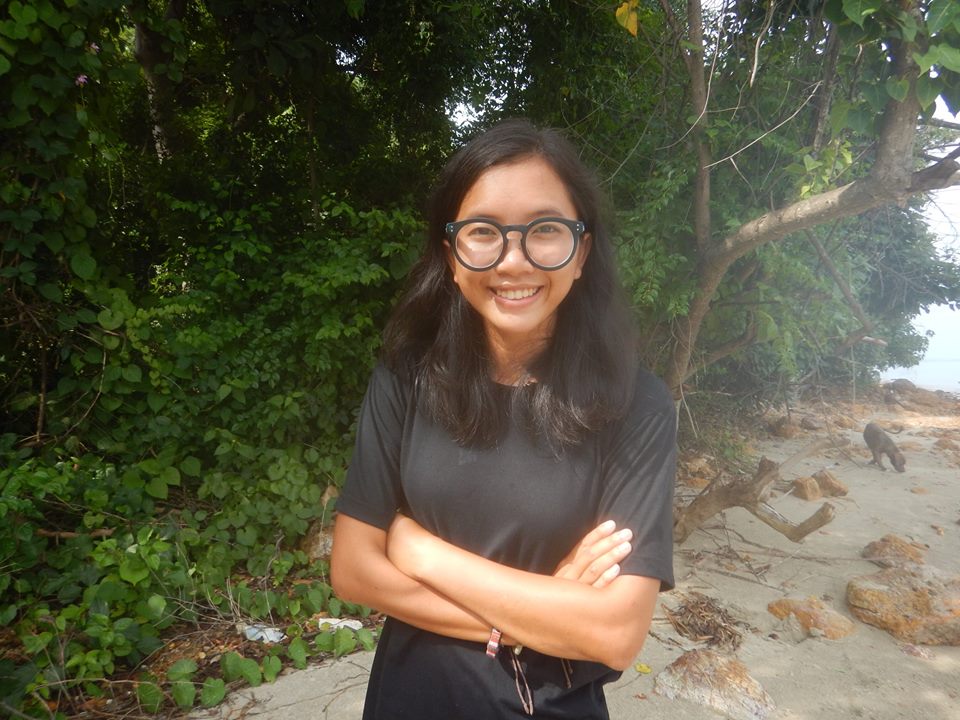




 It is very easy to leave the island and explore. Volunteers can either go back to the mainland for the weekend or stay on the island; the boat leaves Fridays and Sundays. Volunteers will often go to Kampot (the nearest city) for weekend adventures or to pick up supplies that are harder to find.
It is very easy to leave the island and explore. Volunteers can either go back to the mainland for the weekend or stay on the island; the boat leaves Fridays and Sundays. Volunteers will often go to Kampot (the nearest city) for weekend adventures or to pick up supplies that are harder to find.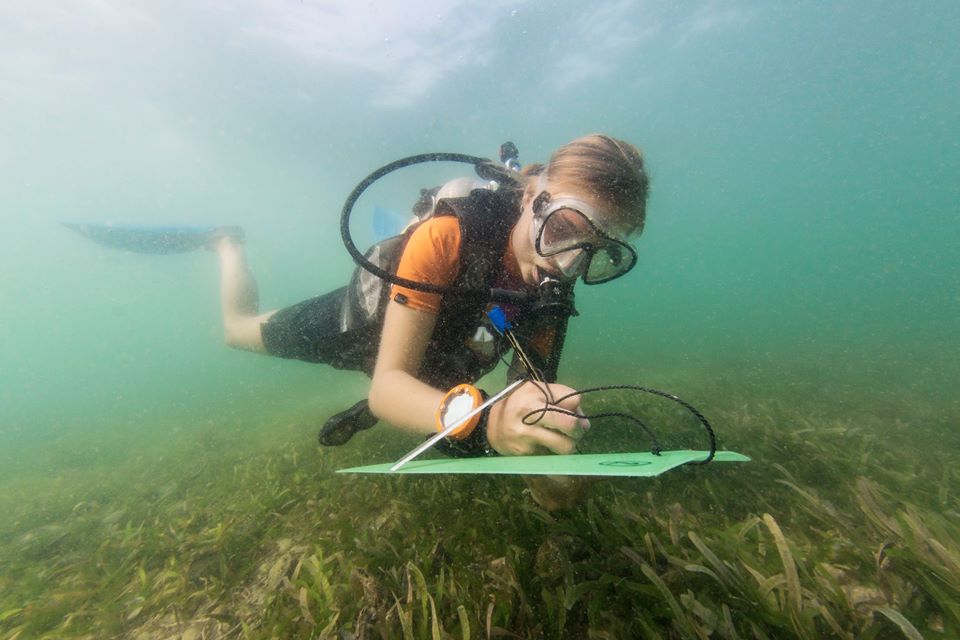

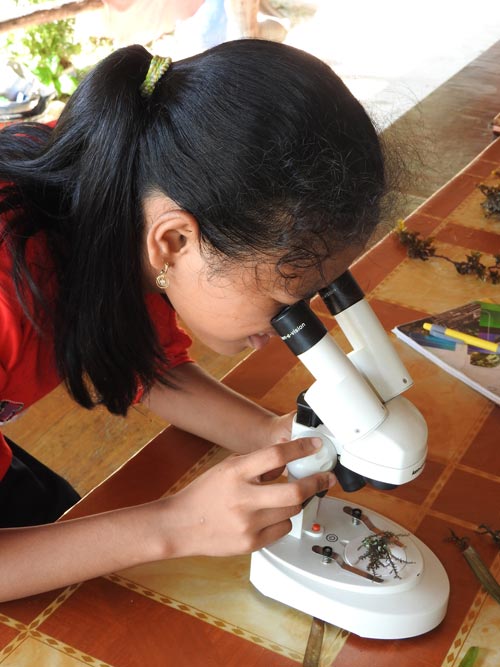 They were eager to learn about all aspects of our marine world such as seahorse and coral reef research and MCC’s stand against illegal trawling, but no amount of factual information could compete with the founding of their sensory connection to the sea. For many, it was their first time playing in the gentle waves of the ocean at the end of each day. Only the combination of dinner and dusk could get them out of the water. When they had the opportunity to snorkel over the reef, their eyes lit up and their spirits soared in that particular way that says, “Yep, I’m hooked!”
They were eager to learn about all aspects of our marine world such as seahorse and coral reef research and MCC’s stand against illegal trawling, but no amount of factual information could compete with the founding of their sensory connection to the sea. For many, it was their first time playing in the gentle waves of the ocean at the end of each day. Only the combination of dinner and dusk could get them out of the water. When they had the opportunity to snorkel over the reef, their eyes lit up and their spirits soared in that particular way that says, “Yep, I’m hooked!”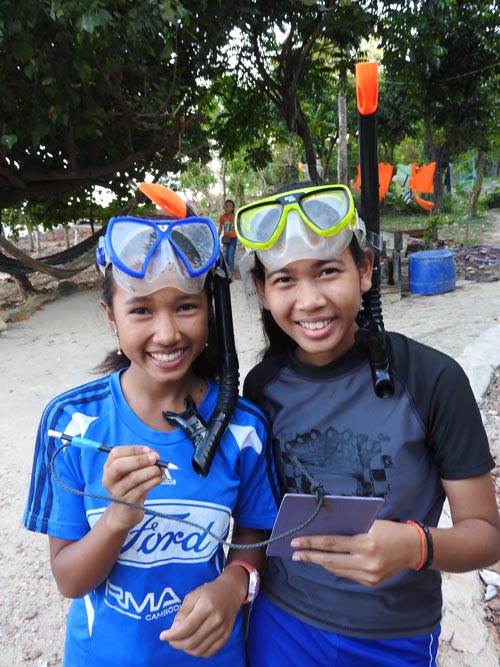 The best part is that this is only the beginning of their experiential education while partnering with MCC. As a project-based school, over the course of the next year Liger students will likely tackle an important aspect of the addressing the local trawling issue: providing a viable alternative livelihood for illegal fishers. Through researching and developing a sustainable algae-based aquaculture market, these inspiring teens have the power to substantially heal Cambodia’s biologically rich and diverse coast.
The best part is that this is only the beginning of their experiential education while partnering with MCC. As a project-based school, over the course of the next year Liger students will likely tackle an important aspect of the addressing the local trawling issue: providing a viable alternative livelihood for illegal fishers. Through researching and developing a sustainable algae-based aquaculture market, these inspiring teens have the power to substantially heal Cambodia’s biologically rich and diverse coast.

